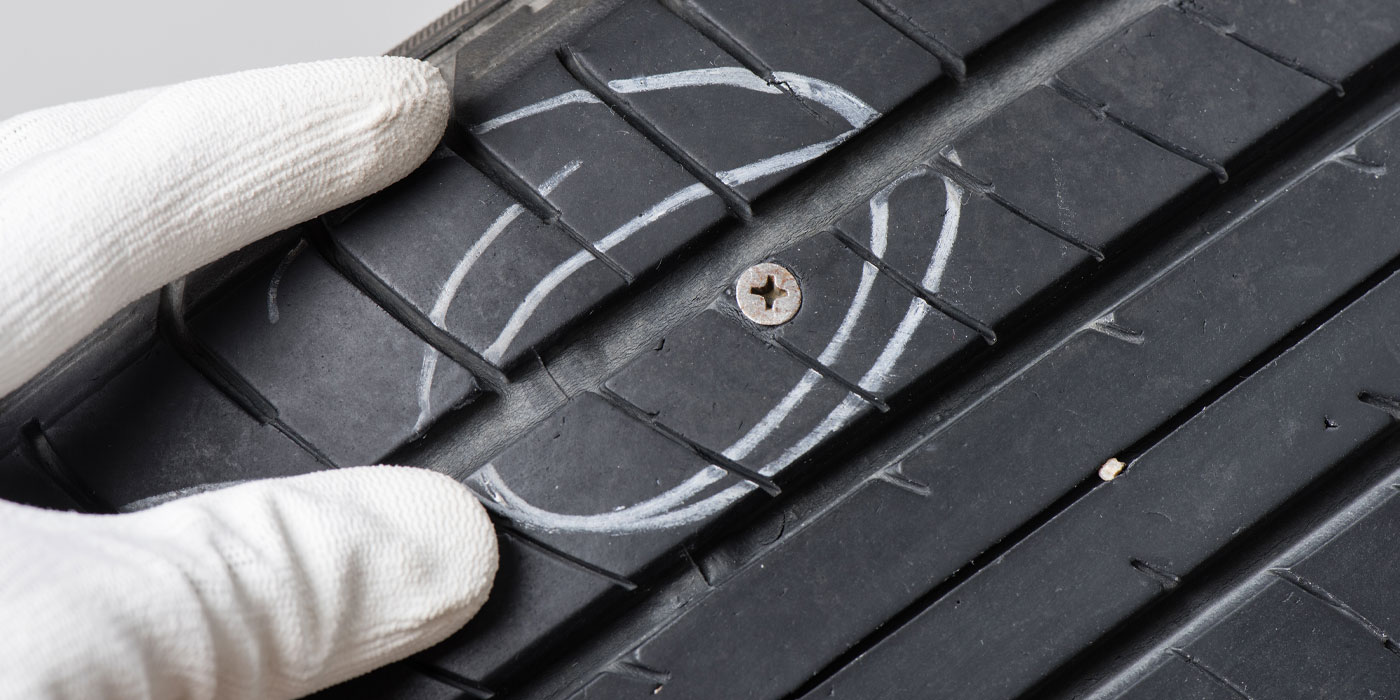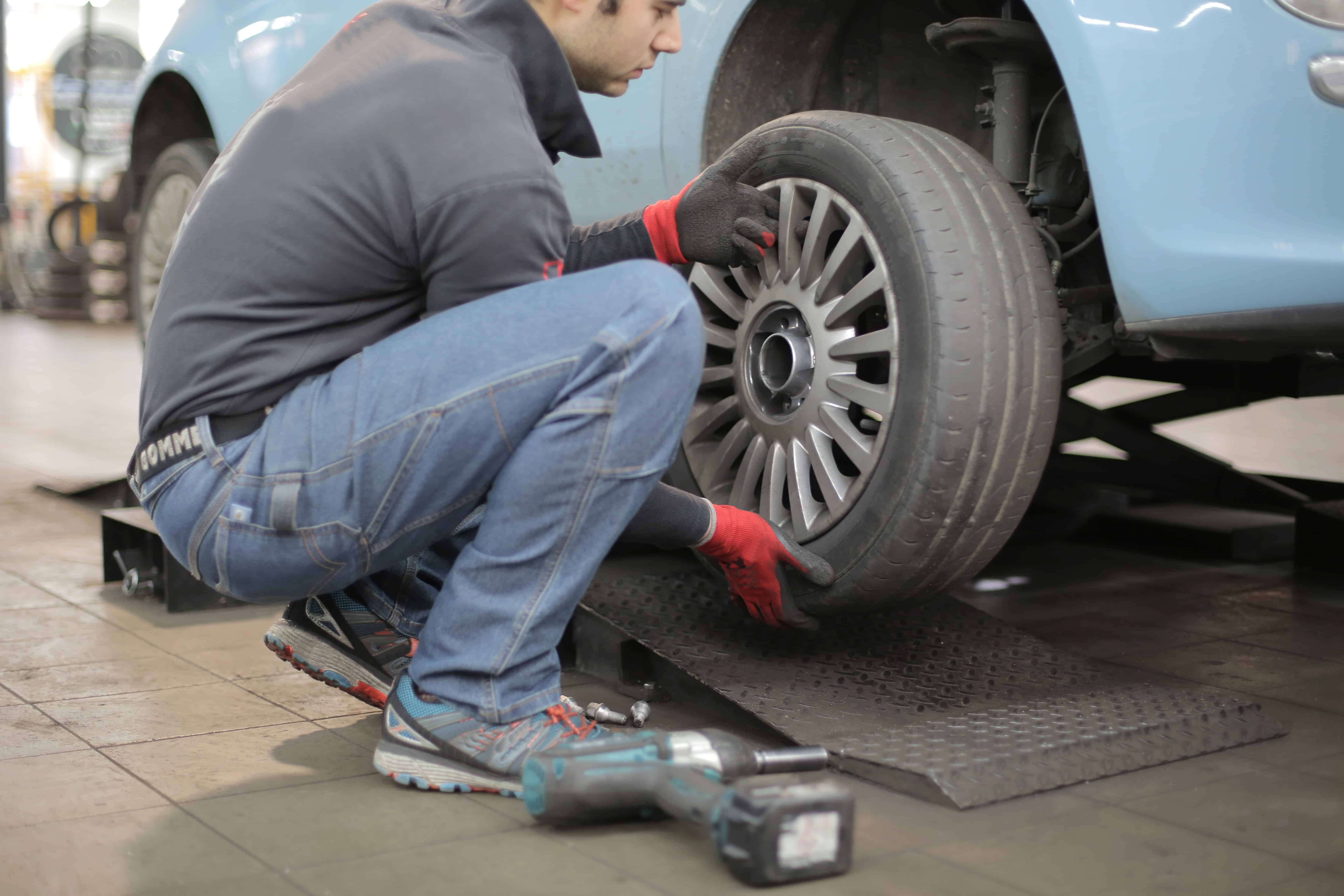Morris Tire Service: Comprehensive Tire Treatment
Morris Tire Service: Comprehensive Tire Treatment
Blog Article
Expert Guide to Tire Repair: Every Little Thing You Need to Know
Navigating the world of tire repair can be a challenging job for numerous lorry owners. From recognizing the common reasons of tire damages to comprehending the intricate actions involved in covering up a puncture, there is a wide range of expertise to understand. In this extensive guide, we will unwind the intricacies of tire repair service, clarifying the numerous kinds of fixing kits available and offering valuable insights right into when it might be time to bid farewell to a worn-out tire. Remain tuned as we dive deeper right into the subtleties of tire upkeep, outfitting you with the crucial expertise to ensure your tires stand the examination of time.
Usual Reasons For Tire Damage
What are the usual reasons that result in tire damages, impacting car efficiency and safety? Tire damages can occur because of numerous aspects, with among the key reasons being incorrect rising cost of living pressure. Under-inflated tires can trigger extreme warmth accumulation, bring about raised wear and prospective blowouts. On the other hand, over-inflated tires can lead to decreased grip, unequal wear, and a harsher ride.

Another typical root cause of tire damage is insufficient walk depth. Damaged footsteps can jeopardize grasp when driving, especially in damp or slippery conditions, enhancing the risk of mishaps. Additionally, driving over gaps, debris, or sharp items can puncture or trigger cuts in the tire, weakening its framework and potentially creating a level.
Moreover, improper wheel positioning and out of balance tires can also add to tire damages. Misaligned wheels can bring about unequal wear patterns, while unbalanced tires can trigger vibrations, influencing both the vehicle's handling and the tire's longevity. Routine upkeep checks and prompt repairs can aid mitigate these typical sources of tire damages, guaranteeing optimum automobile efficiency and security.
Kinds Of Tire Repair Kits
To resolve the results of typical root causes of tire damage talked about previously, it is important to understand the various kinds of tire fixing sets available for vehicle proprietors. There are mostly 3 kinds of tire repair packages generally used: plug packages, patch sets, and combination repair work sets.
Spot packages, on the various other hand, are a lot more suitable for larger leaks or cuts in the tire. These sets consist of a patch and adhesive material that is used to the inner cellular lining of the tire to cover the broken area securely.
Mix repair work kits provide the benefit of containing both plug and spot parts, providing a comprehensive solution for a range of tire damage scenarios. It is very important for car proprietors to acquaint themselves with these different types of tire repair packages to be gotten ready for any type of unanticipated tire concerns when traveling.

Steps to Repair a Tire Slit
Repairing a tire puncture needs a systematic strategy and the right devices to ensure a safe and reliable option. When encountered with a pierced tire, the very first action is to safely draw over to a level, stable surface away from website traffic. Engage the car parking brake and area wheel chocks behind the tires to prevent any kind of accidental rolling.
When to Replace a Tire
Establishing the appropriate time for tire substitute necessitates an extensive analysis of numerous key factors associated with tire wear and safety and security. One critical aspect to think about is the step deepness. As tires use down, the deepness of the walk decreases, impacting the tire's grip when traveling. The majority of experts recommend replacing tires when the tread deepness gets to 2/32 of an inch click for more info to keep optimal grip (tire tracks morris il). In addition, evaluating the tire for any indications of damage such as cuts, bulges, or splits is essential. These issues can endanger the structural stability of the tire, increasing the risk of a blowout. Age is an additional considerable aspect in tire replacement. Even if the tread deepness shows up enough, tires older than six look at this site years need to be thoroughly taken a look at, as the rubber can weaken in time, making the tire much more vulnerable to failing. Routinely checking these elements and talking to an expert can help identify when it's time to replace a tire for optimum safety when traveling.

Tire Upkeep Tips for Long Life
After examining vital factors associated with tire wear and safety, applying correct tire upkeep methods is crucial for optimizing the long life of your tires. Routinely examining tire pressure is critical, as underinflated tires can result in enhanced wear and reduced fuel efficiency. It is advised to check tire pressure at the very least once a month and soon trips. In addition, keeping appropriate wheel placement and balance can help prolong the life-span of your tires. Misaligned wheels can trigger uneven wear, while out of balance wheels can result in vibrations and early tire wear.
Rotating your tires at normal intervals, typically every 5,000 to 7,000 miles, promotes even walk wear throughout all tires. Examining tires for indicators of damages, such as cuts, protrudes, or punctures, is also crucial for maintaining tire durability. By following these tire upkeep pointers, you can make best use of the lifespan of your tires and make certain a smooth driving experience.
Final Thought
To conclude, recognizing common reasons of tire damage, utilizing the ideal tire fixing kits, adhering to correct steps to visit repair a tire slit, recognizing when to replace a tire, and carrying out tire maintenance ideas are essential for making best use of the durability of your tires. By staying educated and proactive in dealing with tire problems, you can guarantee safety and security when driving and prolong the life-span of your tires.
Report this page